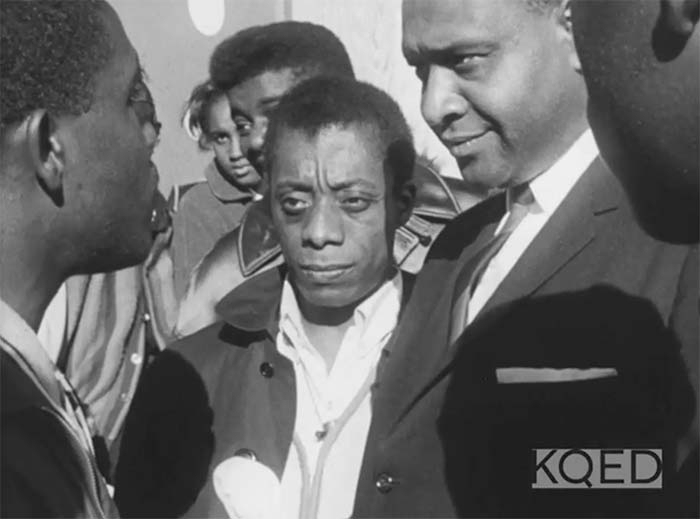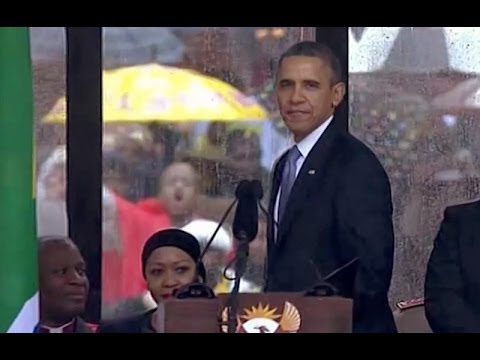
In the spring of 1963, a white filmmaker and poet named Richard O. Moore followed James Baldwin around San Francisco as Baldwin interviewed black residents about their lives. The resulting documentary, “Take This Hammer,” is a crucial precursor and supplement to later films about Baldwin’s life and work, including Raoul Peck’s “I Am Not Your Negro,” from 2016. Whereas Peck’s film offers a powerful, probing, and career-spanning synthesis of Baldwin’s ideas and activities, “Take This Hammer” is local, immersive, and immediate. Baldwin, who didn’t know the city well, travels through it by car and on foot, guided by the social-services executive Orville Luster, speaking at length with Luster and the people he meets in San Francisco’s predominantly black neighborhoods. Interspersed throughout his tour of the city are clips of Baldwin delivering an on-camera monologue, filmed against a plain background (in the director’s home). In “Take This Hammer,” Baldwin creates a deep, passionate cross-sectional analysis of the lives of black Americans during the struggle for civil rights and amid the endurance of Jim Crow.
There are two versions of “Take This Hammer”: one that was broadcast in 1964 (which is forty-four minutes) and the director’s cut, from the year before, which is fifteen minutes longer. (Both the director’s cut and the broadcast version are available to stream, free, at the Bay Area Television Archive site.) Although the cuts in the broadcast version are significant, they don’t bowdlerize the essence of the film: Baldwin’s trenchant and urgent interviews with the city’s black residents, mainly young people, and his own powerful insights regarding the implications and demands of the historical moment. The film was made during the Birmingham campaign, led by Martin Luther King, Jr., and the S.C.L.C., and the brutal tactics of that city’s police chief, Bull Connor, were on full national view. The premise of “Take This Hammer,” as Baldwin states early on, is that there is “no moral distance, which is to say no distance between the facts of life in San Francisco and the facts of life in Birmingham”—that the liberal, freethinking city, where Jim Crow held no official sway, was as oppressive and unjust for its black residents as a legally segregated Southern city that repressed protest by force.
For the full story, visit NewYorker.com/Culture.





